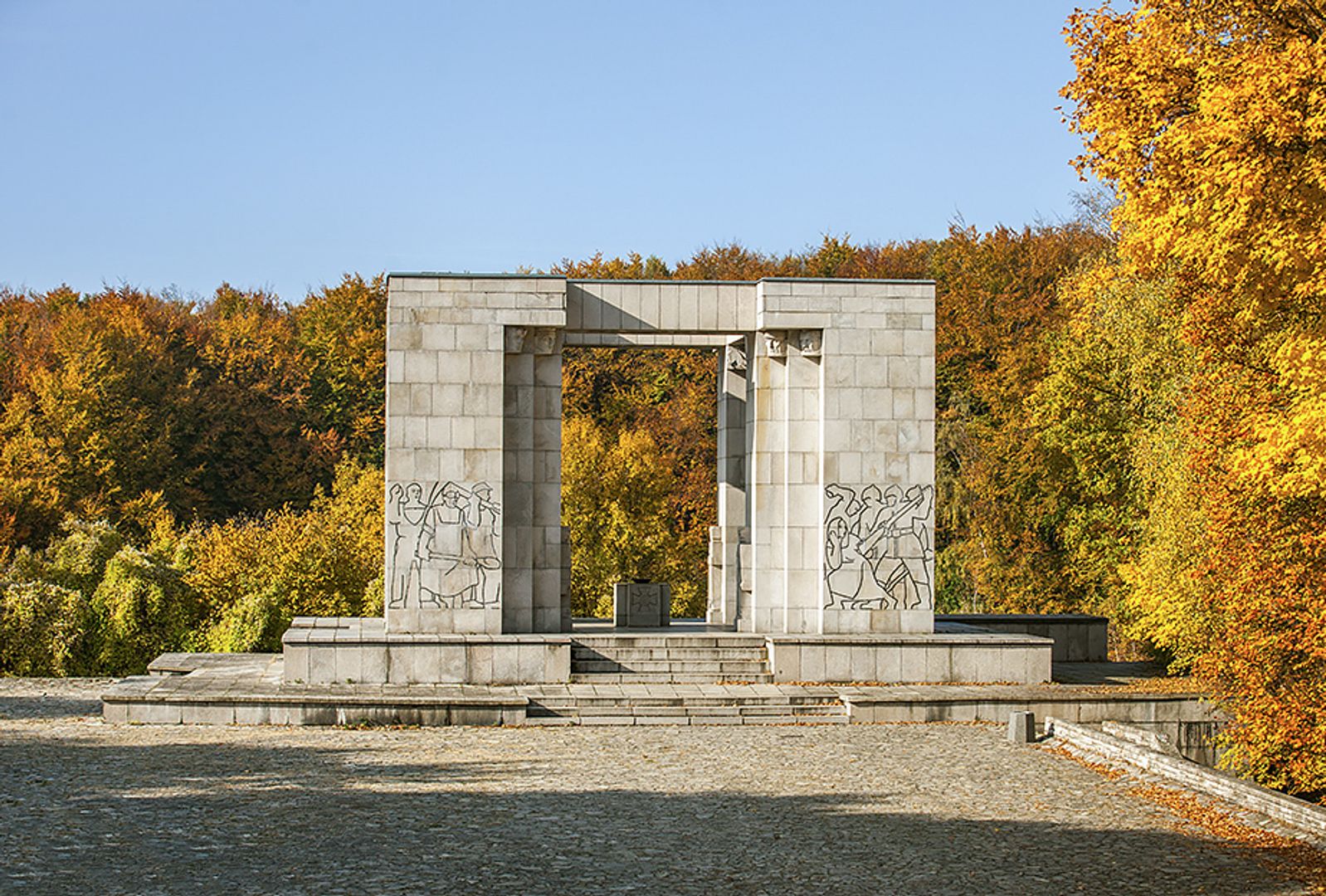Monument and amphitheater on St. Anne's Mountain
6.76

Overview
The monument and amphitheater on St. Anne's Mountain, known as Thingplatz, is a significant site in Silesia, symbolizing the memory of those who fell in the Silesian Uprisings. Its history begins in the German period, when the site was a limestone quarry. In 1934, the German authorities transformed the quarry into an amphitheater to commemorate the Germans who died in the 1921 battle. The structure was designed by Berlin architects Franz Böhmer and Georg Petrich, with a capacity of 7,000 seated and 20,000 standing spectators, and its creation was linked to the conflict between Poles and Germans. The constructed mausoleum, designed by Robert Tischler, took the form of a rotunda with narrow windows and was built primarily from local limestone. The interior contained sarcophagi with the ashes of Freikorps soldiers and a monumental sculpture of a dying Germanic warrior. After World War II, the mausoleum was destroyed by the Polish authorities, and its remains were moved to a cemetery. The ruins of the limestone amphitheater were transformed into a new Polish monument, allowing for the honoring of the Silesian insurgents. The new structure was opened in 1955, with an architectural design featuring four granite pylons depicting historical scenes related to the struggle for the Polish identity of Silesia. Despite numerous controversies and historical inaccuracies, the amphitheater became a venue for mass ceremonies, which in recent years have taken on a character of reconciliation between nations. Today, after many years of neglect, the site is regaining popularity, becoming a venue for concerts and cultural events.
Location
2025 Wizytor | All Rights Reserved